A GPR Survey is a non-invasive geophysical survey that detects structural changes underground. Electromagnetic radiation is used to create an image of the subsurface through the electromagnetic energy that the transmitters emit. The electromagnetic waves reflect from the transmitter back to the receiver; the reflected pulses measure the permittivity of the material and build a structural image of the ground below. Changes are detectable through the electromagnetic energy and high-frequency radio waves.
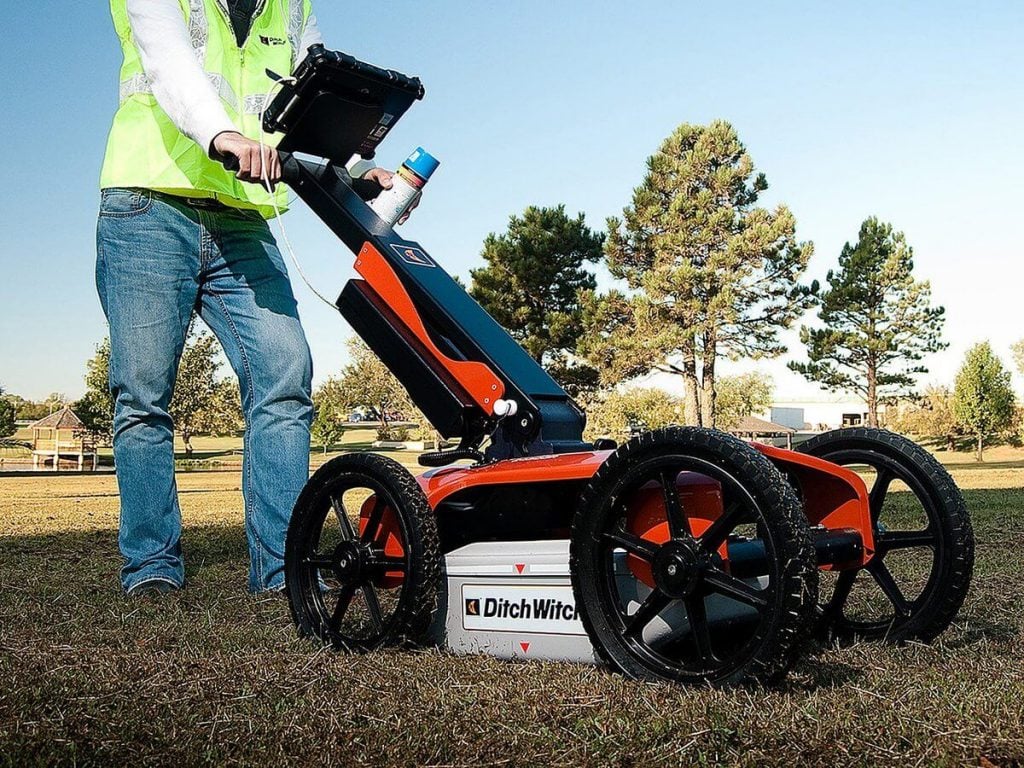
A comparable to GPR equipment would be that of a metal detector as the same rudimentary principle applies. A metal detector penetrates energy into the ground and if a metal object is recognized a sound is produced to notify the user. The ground-penetrating radar GPR works by sending out high-frequency waves. The amplitude of the pulses is transmitted back to the antenna and characterizes the wave pattern displayed on the radargram. The two-way travel-time (TWT) is what is referred to as the period between the transmission of the electromagnetic waves and their return or reception back to the antenna. The GPR records the reflection of the waves to determine the depth penetrated by the radar. The radargram shows this data which can then be manipulated and interpreted to form the results of the survey. Akin to a metal detector, ground-penetrating radar is used to determine the depth of stationary objects.
High-frequency waves are used by the ground-penetrating radar and the frequency of this ranges from 10 MHz to 2/6 GHz. The penetration depth can reach 100 feet but this is also dependant on the subsurface conditions which may also affect the accuracy of the GPR data. The frequency of the antenna correlates to the penetration depth of the ground. The radar will penetrate the ground at a shallower depth if the frequency is higher. The frequency of the antenna is fundamental to the design of the GPR survey and the data desired.
The main way in which GPR systems are used is for locating utilities that exist underground. The equipment is also used extensively in archeology as the non-destructive way in which the radar can penetrate the ground ensure no artifacts are damages. Archaeologists have used the equipment to map any patterns subsurface and locate buried structures. GPR works by sending data that can inform archaeologists on which areas of land to excavate. The geological study has benefitted from the ground-penetrating radar GPR systems and encouraged further study of soils, bedrock, and groundwater.
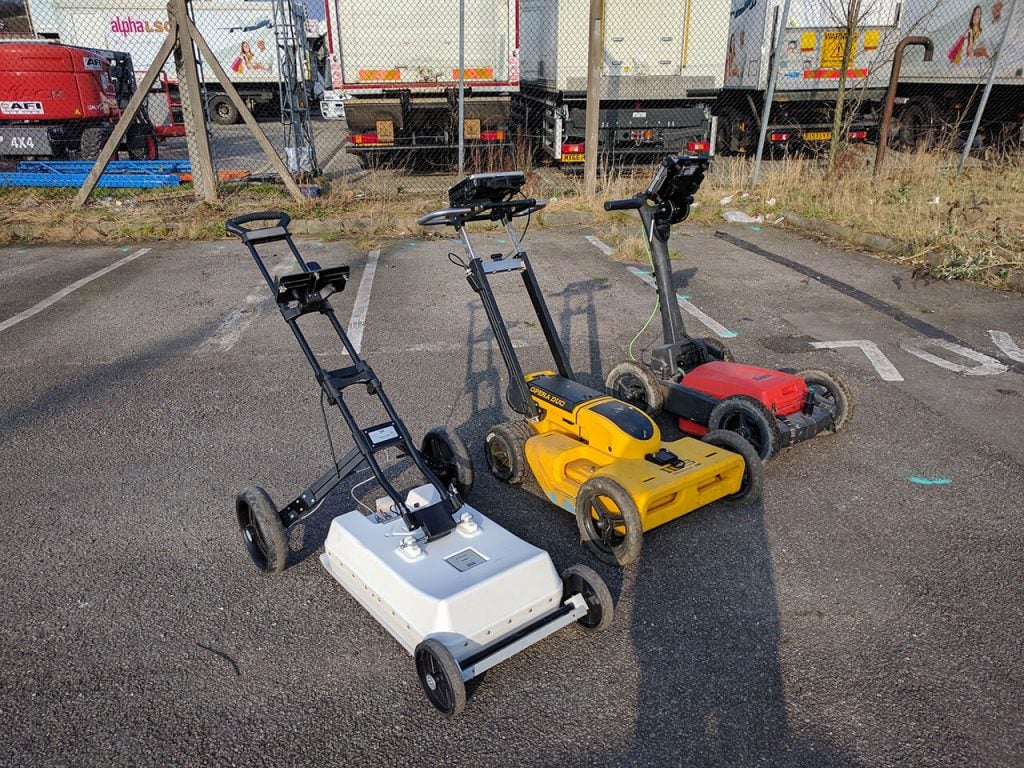
How Much Does Ground Penetrating Radar Cost?
The cost of buying the equipment can vary depending upon the model of the GPR and the specification of the item. The average price of the equipment starts upwards of £11,000. Although, there are benefits to renting GPR equipment as opposed to buying it. The price of which is cost dependant on the size of the project, the location, and the ease of access to the area in which the equipment will be used. Foreseeing such factors is necessary to prevent excessive costs. When renting GPR equipment it is important to specify the information required from the results to reach a strategy that best suits the survey. Specifying the desired target(s), the anticipated depth of ground to be penetrated and the soil and surface conditions are imperative to assess the success of the survey prior to starting. Some companies also provide team managers who are specialists in using the equipment. If the user is not as confident in using the equipment this can be a time-effective way of completing a GPR survey.
How Accurate is Ground Penetrating Radar GPR?
Ground-penetrating radars are very accurate as the transmission of radio waves through electromagnetic properties takes nanoseconds to complete and is regarded as being 90% accurate. Although, there are variables that the user of the GPR equipment must be aware of to ensure the data is accurate. The wavelengths emitted by the radar and the frequency of the antenna are the two components that can highly affect the accuracy of the data. Combined these affect how accurate the depth of the target is. A high frequency will create shorter wavelengths which will improve the accuracy and resolution of the depth reading. The measurement of this is dependant upon the velocity of the wavelengths. This will be necessary to calibrate to ensure the accuracy of the penetrating radar. A lower frequency is required to reach greater depths although there is the possibility that the data may not be as accurate because the signal has a greater room to scatter.
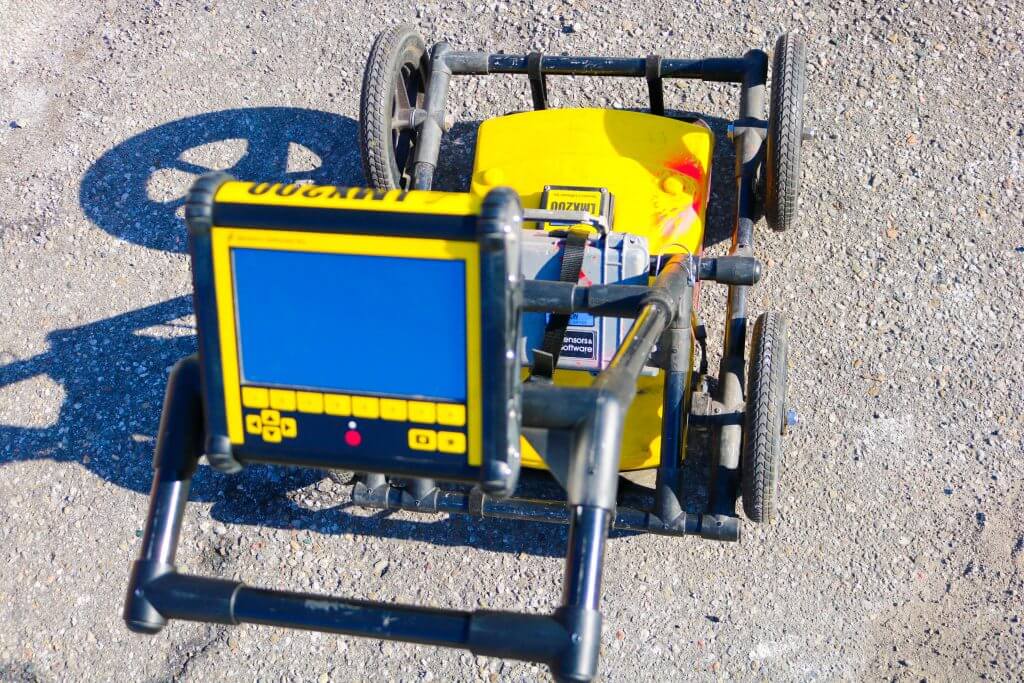
Ground-penetrating data is used to measure stationary targets. The data cannot determine the exact nature of the materials. The antenna of the GPR emits the electromagnetic energy into the ground but a proportion of this is also transmitted into the air. This means that the waves of the radar can scatter and reflect off of objects above ground as well as below such as walls, fences, and cars. Hence, it is important that the environment is thoroughly reviewed prior to using the equipment. Similarly, when the electromagnetic waves reflect and return not all the waves emitted are received back by the antenna. Both can affect the effectiveness of the ground-penetrating radar and the accuracy of the data that returns. The antenna is sometimes shielded to avoid the signal being transmitted into the air. However, this adds weight to the equipment which can be impractical when using it on-site. The accuracy of the data is also dependant upon a number of variables and the properties of the materials which exist subsurface. The electromagnetic properties of the target must be different from the materials surrounding it or else it will not be accurately registered or recognized by the equipment. Typically, GPR is used for targeting materials such as metals, plastics, and concrete. GPR waves can travel through different types of materials. The GPR equipment can target metals but it cannot penetrate through metallic objects.
Environmental Variables
The conditions of the ground which the GPR is tested upon is a variable that can also affect the data received. The material energy emitted can be scattered if the conditions are not suitable for GPR works. Higher dielectric materials are poor conductors of the electric current and will greatly weaken the frequency of the signal of the penetrating radar. Saturation of water in the ground is an example of this. The radar cannot penetrate through clay soils especially if they are waterlogged. Water with a high mineral count reduces the force of the signal. The use of ground-penetrating radar has thus proven to not be suitable for said conditions.
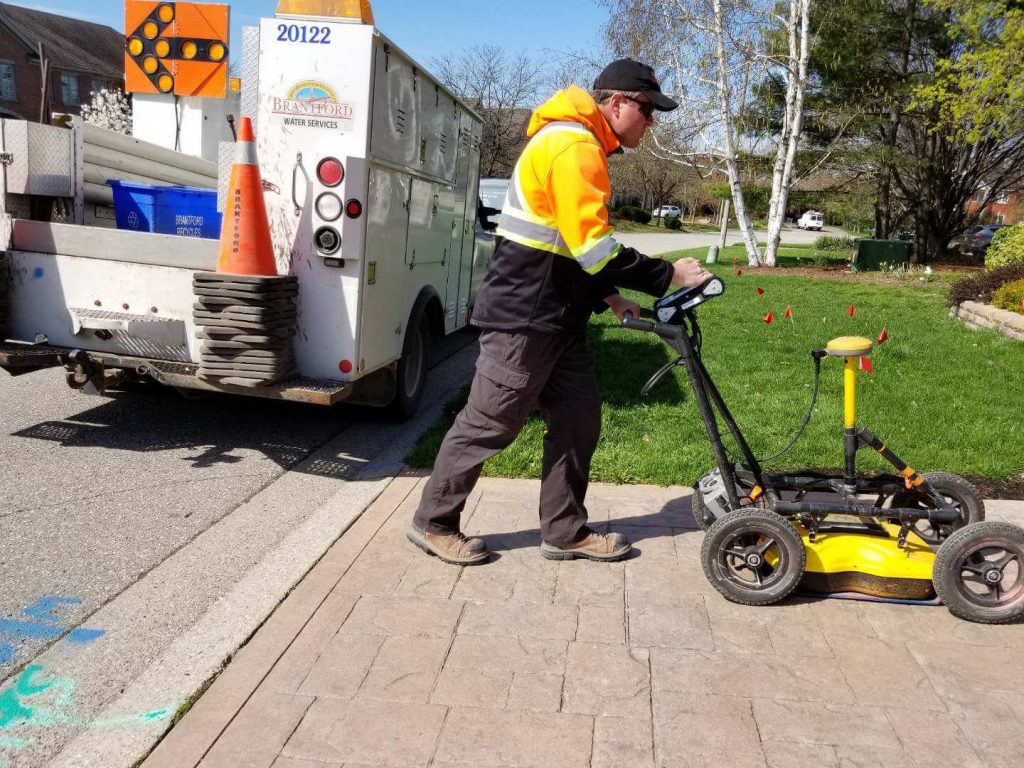
How do you use Ground-Penetrating Radar GPR Equipment?
The GPR system includes a waveform generator, a transducer with an emitting and receiving antenna, a processor, and a control unit that displays the GPR data and stores it. The equipment is intended for stationary objects. This requires the user to move the equipment so that the GPR can search for objects underground through the transmitting waves. The antenna has to be in close proximity to the ground for the strongest strength of the signal to be emitted.
The control unit is a built-in-computer and this saves the GPR data on a hard drive. The unit enables users of the equipment to a preliminary review of the data in the present time and on-site. Afterward, the data will be processed off-site with specialist equipment. This improves the accuracy of the data received through further interpretation and analysis. GPR equipment is not designed or modified for different surveys. It is therefore important to determine if the use of ground-penetrating radar is the most appropriate and correct way to retrieve the data that the users want to collate. Otherwise, the target that the users of the equipment are wanting to reach may exceed the depth that the radar can extend too and the result achieved would be inconsequential.
A choice in the antenna frequency (MHz) will vary the penetration depth and the target size that the frequency will pick up. Low frequency (MHz) penetrates the ground the deepest and picks up larger objects. Higher frequencies generally create more accurate results but may not be strong enough to penetrate the target at the depth it exists. The appropriate frequency of the antenna can be matched to the scope of the survey and the environment that the survey is planned to take place in.
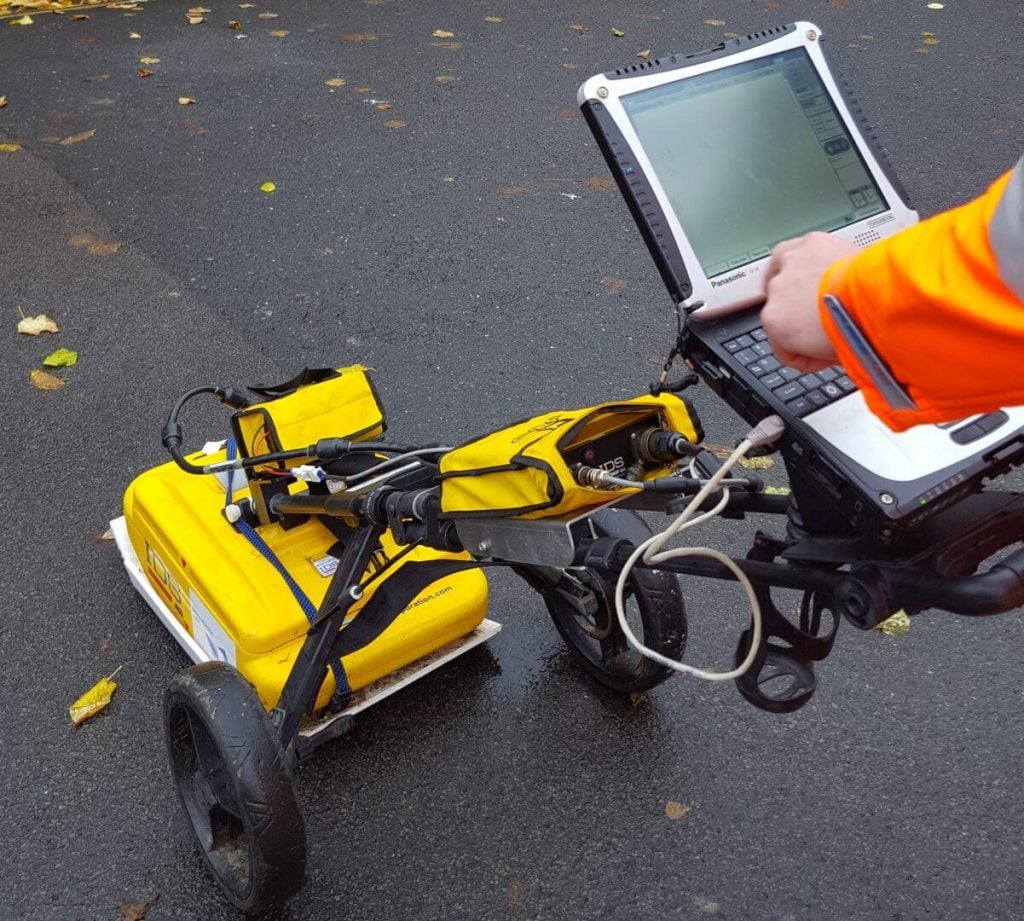
Interpreting GPR redargrams can be a difficult and daunting task. The data can be challenging for inexperienced users to interpret. This is a definite limitation of using ground-penetrating radar equipment. Nonetheless, there are specialists trained in the reading and interpreting of the redargrams who can assist in the retrieval of the GPR data.
Can Sonar Penetrate the Ground?
Ground-penetrating sonar is another way in which one can penetrate the ground. This method is called echo-locating. Acoustic pulses are used instead of radio waves and are directed at the area of ground in which the target is believed to be buried. However, this requires a very quiet environment for sonar penetration to be successful. Sonar propagation underwater is more commonly and effectively used to detect objects on the surface or on the seabed.
For additional Insights:

